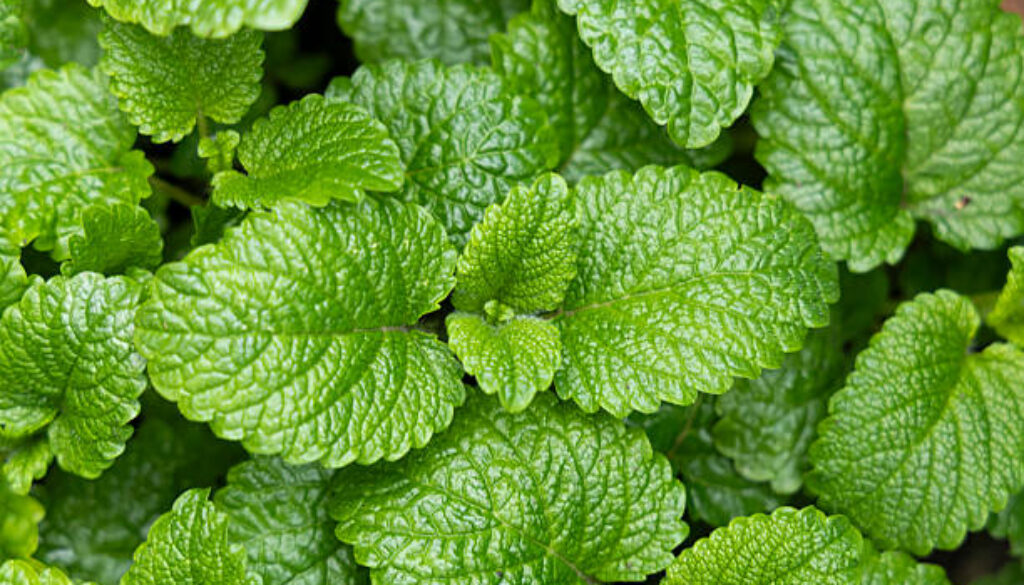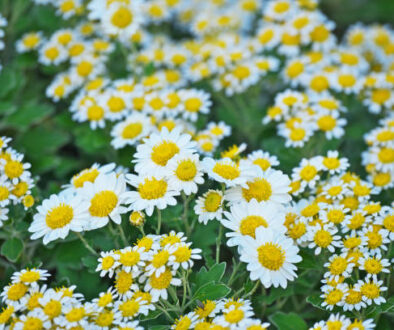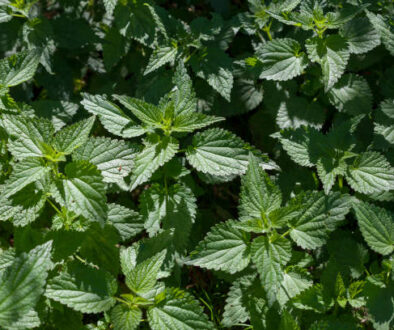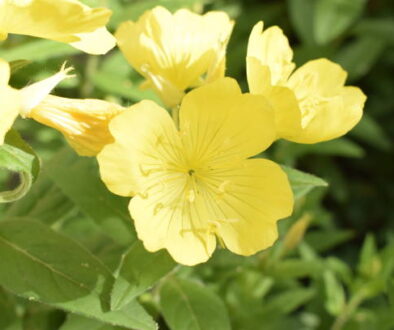Create Your Own Backyard Pharmacy: 10 Best Medicinal Plants To Grow At Home for Natural Healing
This post may contain paid and/or affiliate links. I may earn a small commission at no extra cost to you.
Imagine stepping outside and picking fresh leaves that can soothe a headache, calm your stomach, or even help you sleep better.
Sounds amazing, right?
Yes, that’s the power of creating your own medical garden at home.
You don’t need a lot of space or special skills, just a little sunlight, some care, and the right plants, and you’re good to go.
And with a small herbal garden, you can grow everyday remedies right in your backyard.
Building a medicinal herb garden is more than just planting greens; it’s about setting up a space that supports your health naturally.
Think of it as your personal medicine garden, filled with herbs that have been trusted for centuries.
Plus, it adds beauty and purpose to your outdoor space, too.
In this guide, I’ll share the 10 best medical garden medicinal plants to start with, along with simple tips for garden companion planting and healing garden design that make the whole process even easier.
Why Start a Herbal Medicine Garden?
A herbal medicine garden gives you quick access to natural remedies right outside your door.
Instead of running to the pharmacy for every small issue, you can grow plants that have been used for generations to ease common ailments.
Plus, a healing herb garden connects you with nature and helps you live a little more sustainably.
Related:
- Full Steps Guide to Medicinal Herbs to Grow in Early Summer
- 14 Must-Have Herbs for Medicinal Healing That Belong in Every Garden
- 26 Medicinal Plants for Your Garden: Natural Healing Remedies at Your Fingertips
1. Aloe Vera
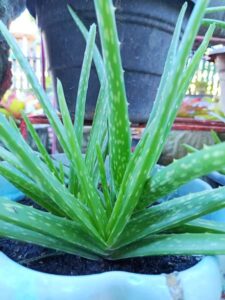
Aloe Vera is a must-grow for any medicinal herb garden. Its gel works wonders on burns, cuts, and dry skin.
You can grow it in pots or directly in the ground, and it doesn’t ask for much, just sunlight and occasional watering.
2. Peppermint
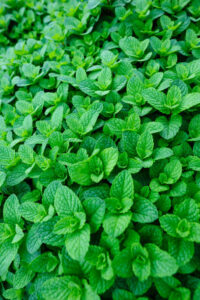
A medicine garden without peppermint feels incomplete.
Peppermint tea can calm an upset stomach, ease nausea, and even refresh your breath.
💡Quick Note: You have to see these 100+ tips to save money in your house that you are paying needlessly right now. Click Here To See Now!
It spreads quickly, so it’s smart to grow it in containers to keep it under control.
3. Lavender
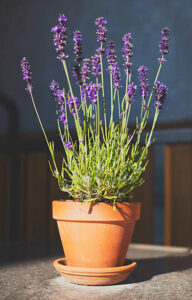
Lavender makes your healing garden design both beautiful and useful.
Its calming scent can ease stress and help with sleep. Dry the flowers for tea, sachets, or homemade oils.
It also keeps pests away.
4. Echinacea – The Immunity Booster
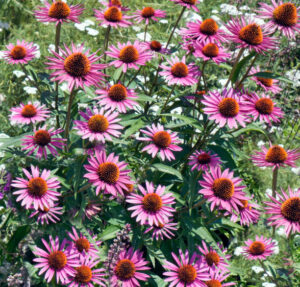
Known as a natural immune supporter, Echinacea deserves a spot in your medical garden.
The roots and flowers are often brewed into tea that may help reduce the duration of colds.
It also attracts pollinators, making your garden healthier overall.
5. Chamomile – The Bedtime Favorite
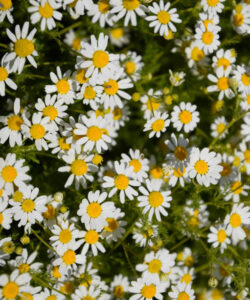
Chamomile is perfect for calming nerves and promoting restful sleep.
Plant it in sunny spots of your herbal garden, and enjoy its small daisy-like blooms.
A warm cup of chamomile tea before bed feels like a hug in a mug.
6. Calendula – The Healing Beauty
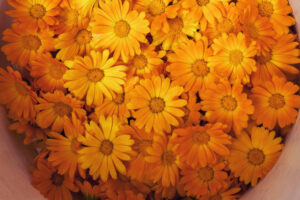
Calendula brightens up your medicine garden with its orange and yellow blooms.
More than pretty, it’s often used in salves and oils to soothe skin irritation and promote healing.
7. Lemon Balm – Nature’s Stress Reliever
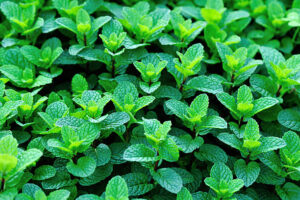
Lemon Balm brings a citrusy scent that makes your herbal medicine garden smell incredible.
It’s known for calming anxiety and helping with sleep. Add fresh leaves to teas, or even to cool drinks in summer.
8. Rosemary – The Memory Herb
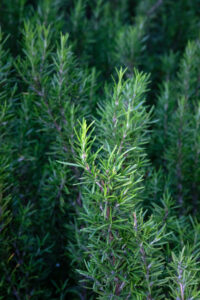
Rosemary isn’t just for cooking. It’s believed to support memory and focus, making it a smart addition to any medical garden medicinal plants collection.
Plus, it thrives in sunny spots and adds fragrance to your yard.
9. Thyme – The Natural Protector
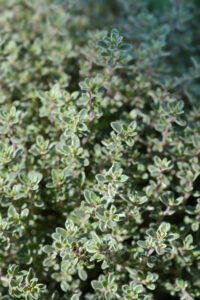
Thyme acts as a natural antiseptic and is often used to support respiratory health.
Growing it in your herbal garden means you always have a flavorful cooking herb that doubles as a healing plant.
10. Garlic – The Natural Antibiotic
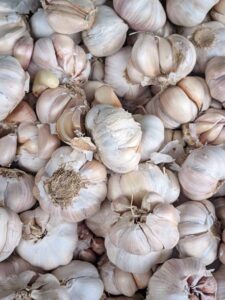
No healing herb garden is complete without garlic.
It’s known for its antibacterial and antiviral properties and has been used for centuries to fight infections.
Plant it in well-drained soil and enjoy its strong flavor in meals too.
Tips for Garden Companion Planting
When setting up your medicine garden, use garden companion planting to keep plants healthy and thriving.
For example, pair basil with tomatoes to improve growth, or grow garlic near roses to keep pests away.
Mixing the right plants can boost flavor, deter pests, and make your healing garden design even more effective.
Bringing It All Together
Creating your own medical garden isn’t just about growing herbs; it’s about growing confidence in taking care of yourself naturally.
Each plant adds value, beauty, and purpose to your outdoor space.
Start small, care for your plants, and before you know it, you’ll have a thriving herbal medicine garden right in your backyard.
FAQs
Q1: Do I need a large space for a medicinal herb garden?
No, you can grow a herbal garden in containers, raised beds, or even on a balcony. Start with just a few plants and expand as you go.
Q2: How do I keep pests out of my herbal garden?
Many medical garden medicinal plants like lavender, garlic, and rosemary naturally repel pests. Using garden companion planting also helps protect sensitive herbs.
Q3: Can I use these herbs straight from my medicine garden?
Yes, but always wash them first. For teas and oils, fresh or dried herbs both work well.
Q4: Which plant should I start with if I’m new to a healing herb garden?
Aloe Vera and peppermint are the easiest. They grow quickly and give you visible results, which keeps you motivated to grow your healing garden design further.
